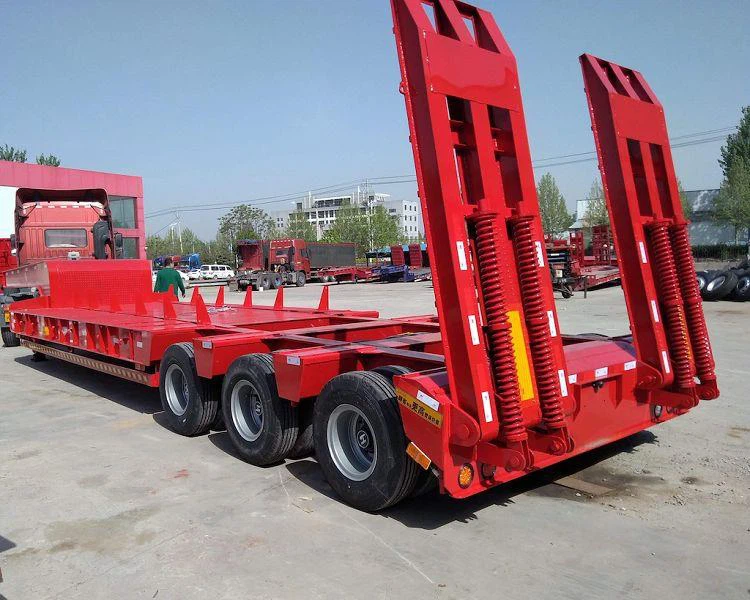Understanding the Difference Between LPG and LNG: A Comprehensive Guide

Liquefied Petroleum Gas (LPG) and Liquefied Natural Gas (LNG) are two prominent fuels used globally, each with unique properties, uses, and environmental impacts. Despite their similarities in composition (both being hydrocarbons), they behave differently and serve different purposes in energy production and consumption. This article aims to delineate their distinctions in a clear, accessible manner, providing insights into their uses, safety, storage methods, and the implications of their use in today’s energy landscape.
What is LPG?
LPG is a byproduct of natural gas processing and petroleum refining. It primarily consists of propane (C3H8) and butane (C4H10) gases. LPG is a versatile energy source, commonly used for heating, cooking, hot water systems, and as an automotive fuel. Its ability to be easily liquefied under moderate pressure makes it convenient for storage and transportation.
What is LNG?
LNG is natural gas that has been cooled to a very low temperature (-162 °C or -260 °F) to become liquid. Composed mainly of methane (CH4), LNG is primarily transported for use in power generation, heating, and as a chemical feedstock. The liquefaction process reduces its volume significantly, making it efficient for transport over long distances where pipelines are not feasible.
Main Differences Between LPG and LNG
1. Composition
The primary difference between LPG and LNG lies in their chemical composition:
| Property | LPG | LNG |
|---|---|---|
| Main Components | Propane, Butane | Methane |
2. Physical State and Storage

LPG functions as a gas at room temperature but can be easily liquefied under pressure, allowing it to be stored in cylinders or large tanks. In contrast, LNG must be kept at extremely low temperatures to remain in a liquid state. Storage facilities for LNG require specialized insulation to maintain these temperatures.
3. Energy Density

LNG has a higher energy density compared to LPG. This means that a smaller volume of LNG can provide more energy than an equivalent volume of LPG. This characteristic makes LNG more efficient for transport over long distances and in high-demand applications.
4. Uses and Applications
Both LPG and LNG have diverse applications, but they are typically used in different contexts:
- LPG: Heating, cooking, hot water systems, and fueling vehicles
- LNG: Power generation, heating in industrial processes, and as a feedstock in chemical industries
5. Environmental Impact
From an environmental perspective, LNG is generally seen as a cleaner energy source. When combusted, it produces less carbon dioxide and lower levels of other pollutants compared to LPG. However, both fuels are cleaner alternatives to coal and oil when considering their overall lifecycle emissions.
6. Availability and Infrastructure
The infrastructure for LPG is well-established in many regions, making it readily available for residential and commercial uses. Conversely, LNG requires specialized terminals for liquefaction, regasification, and distribution, which can be limited in some areas. As global demand for cleaner energy increases, investments in LNG infrastructure are growing rapidly.
7. Economic Considerations
The economics of LPG and LNG can vary based on regional supply, demand, and governmental policies. Generally, LPG may be more expensive in areas where it is primarily imported, while LNG prices can fluctuate significantly based on global market conditions. Understanding these economic factors is crucial for stakeholders in the energy industry.
Practical Examples and Tips
1. Determining Which Fuel to Use
When deciding between LPG and LNG, consider your energy needs, available infrastructure, and environmental impact. LPG may be ideal for residential cooking and heating, while LNG might be better suited for industrial applications or locations far from natural gas pipelines.
2. Safety Tips for Using LPG
- Always check for leaks by applying soapy water to connections and looking for bubbles.
- Install carbon monoxide detectors in your home to prevent poisoning.
- Store LPG tanks in a ventilated area away from heat sources.
3. LNG Transportation and Regasification
For LNG, remember that the transportation process involves highly specialized tankers. Upon reaching its destination, it must be converted back to gas at regasification terminals before being sent through pipelines. Understanding these processes can help consumers grasp the overall journey of their energy sources.
FAQs About LPG and LNG
1. Is LPG or LNG safer to use?

Both fuels can be safe when used correctly, but they require different handling techniques. LPG is heavier than air and can accumulate in low-lying areas, while LNG vaporizes upon exposure to air, reducing its risk of accumulation. Proper storage, handling, and regular maintenance checks are critical for both.
2. Can LPG and LNG be converted for use in vehicles?
Yes, both LPG and LNG can be used as automotive fuels, but modifications to vehicles may be necessary. LPG is more commonly used in cars, while LNG is typically used in larger, heavy-duty vehicles such as buses and trucks.
3. How does the cost of LPG compare to LNG?
The cost of LPG and LNG varies by region and market conditions. Generally, LNG might be cheaper in areas with abundant natural gas supplies, while LPG can be more expensive in regions where it is primarily imported.
4. What is the environmental impact of using LPG and LNG?
LNG is generally considered a cleaner option, producing fewer greenhouse gases upon combustion than LPG. However, both fuels are cleaner alternatives to fossil fuels like coal and oil.
5. Can LPG be used for heating in homes?
Yes, LPG is widely used for heating homes, especially in areas where natural gas pipelines are not available. It can be used in furnaces, water heaters, and for cooking.
6. Are there any emissions produced from LPG and LNG?
Yes, both fuels produce emissions when combusted. However, LNG typically produces less carbon dioxide and fewer pollutants compared to LPG, making it a more environmentally friendly choice.
